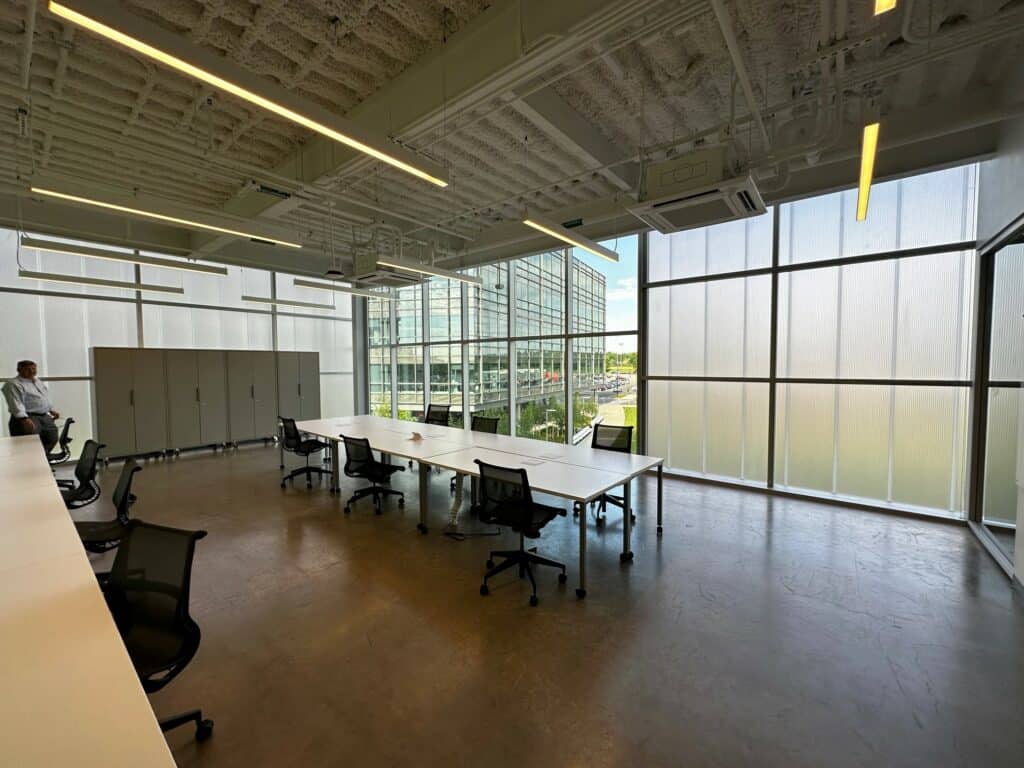Polycarbonate daylighting systems can transform a poorly lit space by bringing natural light inside. Translucent walls are one way to add daylight, while still maintaining privacy, visual comfort, and insulation. Polycarbonate translucent walls feature a coextrusion that resists UV rays, providing soft, optimized light. Translucent walls offer several benefits for daylighting in educational facilities, including K-12 schools and universities.

Enhanced Natural Light
Translucent walls allow natural light to penetrate deep into the interior spaces. This helps reduce the need for artificial lighting during the day, which can lead to significant energy savings. Additionally, translucent walls offer privacy and security that is vital for schools.
Visual Comfort
Natural daylight is softer and more evenly distributed than artificial lighting, reducing glare and creating a more comfortable learning environment. This can improve concentration and reduce eye strain among students and faculty.
Biophilic Design
Translucent walls can contribute to biophilic design principles by connecting occupants with nature. Increased exposure to natural light has been linked to improved mood, productivity, and overall well-being.
Energy Efficiency
By reducing the reliance on artificial lighting, translucent walls can contribute to lower energy consumption and operational costs over time. This aligns with sustainability goals and may qualify for LEED (Leadership in Energy and Environmental Design) credits.
Elevated Appearance
Translucent materials often have a modern and aesthetically pleasing appearance, which can enhance the overall design of educational buildings. They can create a sense of openness and spaciousness while still maintaining privacy and security.
Design Flexibility and Adaptability
Translucent walls can be integrated into various architectural styles and designs, offering flexibility to architects and designers in creating innovative and inspiring educational spaces. Polycarbonate panels can be specified in a variety of colors, translucencies, and finishes for design versatility, matching school colors or even adding films of logos/mascots to panels. The panels can also incorporate signage, whether it is LED backlit onto a façade, projected, or attached to the exterior.
Health and Wellness
Exposure to natural light has been shown to regulate circadian rhythms and improve sleep patterns, particularly important in educational settings where students’ well-being and academic performance are key priorities.





